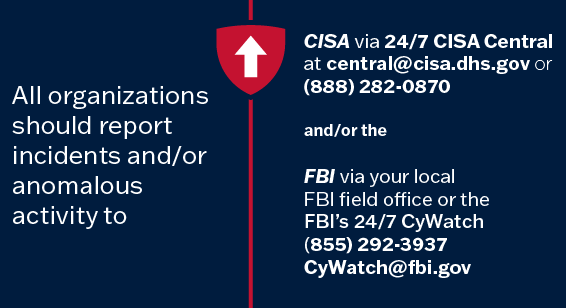Cyber Defense for US Companies in the Wake of the Invasion of Ukraine
Russia has now moved troops into Ukraine, and the fierce ground warfare this has generated has riveted the attention of the world. But did you know that one of the most important battlefields is in cyberspace—and this could have very real implications for
Here’s our take on this crisis, and what US companies should be doing right now to shore up their
An Unprecedented Cyber War: Why American Businesses Should Be Concerned—and Prepared
For perhaps one of the first times in history, official, open cyberwarfare has been declared, with Ukraine calling on a volunteer cyber army to disrupt Russian government and Russian assets, and the global hacktivist group Anonymous vowing its help, as well. Russia, for its part, already has one of the world’s most advanced cyber armies. It’s no secret that Russian hackers, whether they’re sanctioned by the government or not, have been attacking American government and business targets
In fact, 2021 saw the largest leap in cyberattacks in history. According to the 2022 Cyber Threat report released by SonicWall, ransomware attacks rose by
“Russia has always had a strong cyberattack presence through
Shield Up: The Use Government Calls on American Companies to Reinforce Their Cyber Defenses
For its part, the US Government has been quick to note that the Russian government hasn’t made specific threats against American businesses—yet. But they are urgently warning American businesses to shore up their cyber defense to prepare for the worst. They’ve created the Shields Up program to help. The program offers specific guidelines for companies to follow, so they can more readily find the holes in their cybersecurity program. They’re offering free threat scans, as well. Most tellingly, they are asking companies to lower the threshold for reporting cyberattacks to the government. They are looking for businesses to report any coordinated cyberattacks to the FBI—an effort that will help the government track the nature and severity of incidents across

Your Cybersecurity Defenses: What Every Company Should be Doing Now
Fortunately, cybersecurity tools are more powerful and plentiful than ever. In the past few years, products that were only available to
If you’ve been putting off cybersecurity upgrades because of fears your company can’t afford them, now is definitely the time to get off the fence. You might be surprised to find that
Shields Up is a call to action from our government to safeguard the digital infrastructure that runs American business. Every company needs to do its part. If you don’t currently have these protections, we strongly recommend you put them in place, as quickly as
Off-Site Backups
Backing up a copy of your data to your onsite server is a dangerous game. Not only does this put you at risk of natural disasters, but it opens the door to hackers to hold your running and backup data hostage. Every company should be backing up their data, every few minutes to an offsite,
An Incident Response Management Plan
What would happen if a data breach occurred at your company? Do you have experts who can help you mitigate the damage? Are resources in place, and roles defined on your technical team? Who notifies customers that their data has been compromised? All this should be put in writing, and updated regularly, so there’s no time lost when the
Perhaps even more important, do you have the tools to do a forensic analysis and figure out what went wrong, where? If you’ve invested in Security Information and Event
Cyber Liability Insurance
While a good cyber liability insurance policy won’t prevent a cyberattack, it can ensure your company isn’t taken down by one. After all, the average ransomware payment has crept up
A good cyber liability policy costs most small businesses between $1,000 and $3,000—a small price to pay for peace of mind. However, it’s important to remember that insurers have high standards for the companies they cover, and you’ll be expected to have a full battery of cyber security defenses to qualify. For more information on what insurers look for and how these policies work, check out our blog post on getting and staying insured against
Virtual Private Networks and Multi-Factor Authentication
Employees now need the ability to work either in or out of the office. And most businesses have shifted to this kind of flexible arrangement. But if you’re relying on just a simple office firewall or
If you’re considering moving your workforce to
Employee Cybersecurity Training
Did you know that
Your managed service IT provider should also be able to set your company up with incursion testing, to decide where the weaknesses are in your network. With analysis and training, you’ll truly have an educated, empowered, and cyber
There’s Never Been a Better Time to Secure Your Cyber Defenses
Most companies looking to upgrade their systems can do so in a matter of weeks, or even days, McCourt said. Typically, the cyber security tools you lack can be layered on to your
“It’s hard not to be rattled by these headlines. There’s been an explosion of cyber threats over the last year,” McCourt said. “But the good news is, there is a tool to help counter every threat. They’re readily available, and manageable for every company with help from a Managed Services Provider
Are you ready to scan for your organization’s vulnerabilities? We can help. Contact us for a

